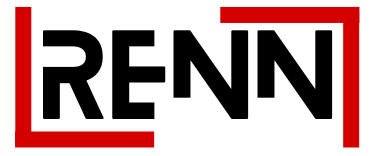Mortgage rates in Canada are a moving target, influenced by a blend of economic factors, market trends, and government policies. For prospective homeowners, grasping these dynamics is more than just academic; it’s a practical necessity in making one of life’s biggest financial decisions.
Economic Factors Shaping Mortgage Rates
Central to mortgage rate trends is the Bank of Canada’s policy interest rate. A hike in this rate often signals rising mortgage rates as lenders adjust to the new economic environment. In contrast, a cut in the policy rate can lead to more affordable borrowing costs. Additionally, broader economic indicators like inflation and GDP growth also play their roles, painting a picture of the economy’s overall health and stability, which in turn influences rates.
Fixed Versus Variable Rates: A Strategic Choice
The decision between fixed and variable mortgage rates hinges on predictability against potential savings. Fixed rates offer a consistent payment schedule, safeguarding against future rate increases. Variable rates, though potentially more economical in a declining rate environment, carry the risk of increasing payments if rates rise.
Real Estate Market Conditions
The ebb and flow of the housing market also sway mortgage rates. A robust, high-demand market might see lenders upping rates due to lower perceived lending risks. In a cooler market, competitive lower rates can emerge, aiming to attract buyers.
Government Influence
Regulatory measures, like mortgage stress tests and lending guidelines, are designed to stabilize the housing market and protect consumers. These policies can indirectly affect mortgage rates by altering lending risks and borrower qualification standards.
Navigating the Mortgage Rate Maze: Tips for Homebuyers
- Stay Economically Attuned: Keep an eye on economic reports and the Bank of Canada’s updates for clues on rate directions.
- Shop Around: Compare rates from various lenders to find the best deal.
- Risk Assessment: Choose between fixed and variable rates based on your financial stability and risk comfort.
- Professional Guidance: Leverage the expertise of mortgage brokers or financial advisors for tailored advice.
- Budget for Change: If opting for a variable rate, be financially prepared for potential rate increases.
The Bottom Line
Navigating mortgage rate trends in Canada requires a blend of market awareness, personal risk assessment, and strategic planning. For those on the path to homeownership, understanding these nuances can pave the way to a mortgage plan that aligns with both financial goals and market realities.





